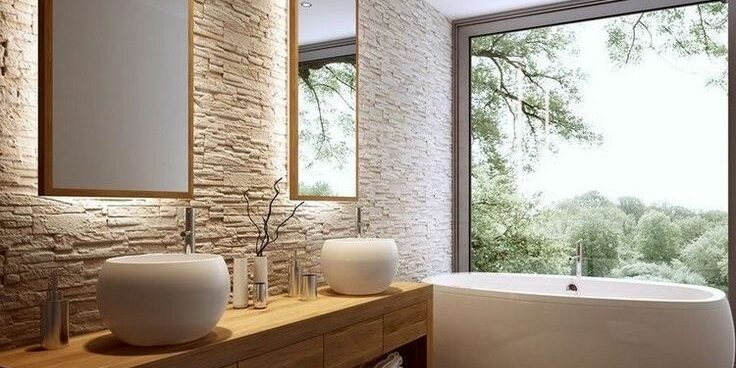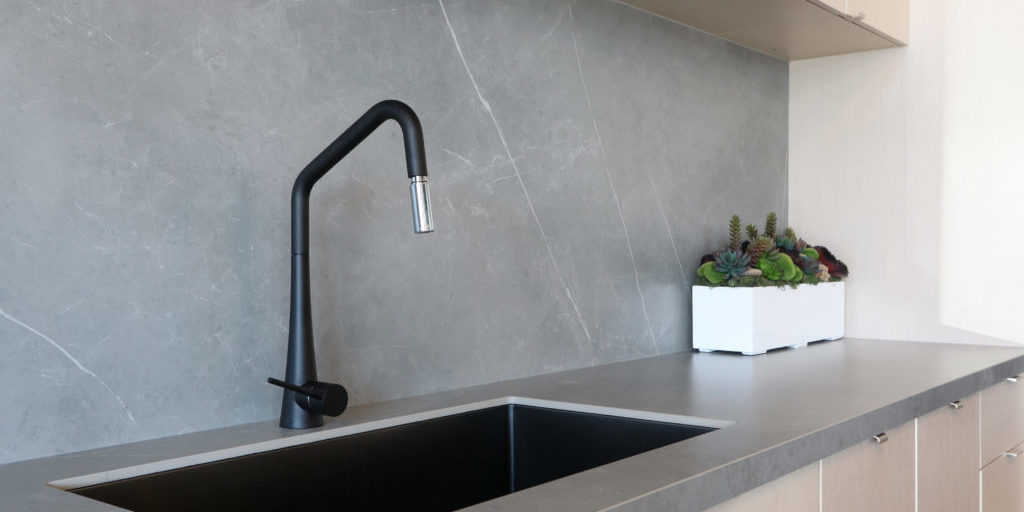There’s no doubt that sustainability is trending in 2021. Since 1994, LEED has been helping businesses achieve sustainability goals for existing buildings and future construction projects. The top five trends we’ve been watching this year include:
- Organizations confronting the scale of change
- Local energy solutions focusing on resilience and affordability
- Green policies aimed to l help our economy
- New financing options for large-scale projects
- A focus on collaborative initiatives to increase effectiveness of sustainable building projects
LEED Certification Standards
Leadership in Energy and Environmental Design (LEED) has been paving the way for healthy, highly efficient, and cost-saving green buildings since its inception in 1994. LEED certified buildings aim to reduce carbon emissions and save energy throughout the design and building process and in day-to-day use.
Requirements For LEED Certification Standards
The LEED rating system consists of five different areas.
- Neighborhood Development
- Homes
- Building Operations and Management
- Building Design and Construction
- and Interior Design and Construction.
Each area provides opportunities for projects to receive points. These points are totaled to assign projects to a LEED category.
- Certified (40-49 Points),
- Silver (50-59 Points),
- Gold (60-79 Points)
- Platinum (80 Points).
Both new and existing buildings are eligible for this rating system.
Minimum Requirements
While each level of certification has varying requirements, generally speaking these are the minimum requirements for LEED certified projects.
- Maintain reasonable site boundaries
- Comply with environmental regulations and standards
- Meet the threshold of floor area requirements
- Meet a minimum of building occupancy in terms of number of users
- Project must be a permanent structure
- Completed facilities must share energy and water usage data
- Projects must have a minimum building to site area ratio
Benefits Through LEED Certification
Through LEED your building operation and maintenance costs will be lowered. This will also create a healthier, more productive work environment for building users. To top all of that off, this information will help make a great selling point.
LEED Certified Award Winning Buildings
Now let’s get to the good part of LEED Certification, the final designs! A “Green” building doesn’t mean it has to be boring. Check out a few award winning LEED Certified Buildings from around the world.
Commercial Award Winner
In 2012 the Manitoba Hydro Place in Winnipeg, Canada received the LEED Platinum rating. This mighty building uses 70% less energy than comparable office buildings. Because of this, it saves around $500,000 a year!
Residential Award Winner
Portland, Oregon’s small liberal arts school, Reed College, created a new housing dorm for their students. Trillium Residence Hall has made living expenses more tolerable for their students.
Project Winner of The Year
This year Llum took home LEED’s Project of The Year award. This 20 story building is home to 15 families in Brazil. Because of the design of the front of this building, the light that comes in during the Winter keeps the building warm and the heat out in the Summer.
Natural Stone
There are many benefits when it comes to using natural stone. This material is very versatile and creates a “green” environment. Whether it’s for a residential building or a commercial building, use stone to create sustainability. Here at Dean Agency we offer different stone options.
Sustainable Spaces
Natural Stone, also known as Mother Nature’s original building material, provides a great way to go green. Natural stone is recyclable, doesn’t emit volatile organic compounds (VOC) into your home, and promotes water recycling among other things.
Why Should You Choose Natural Stone?
Natural Stone is very durable.
Other materials, such as wood,are more susceptible to damage. When using natural stone, you don’t have to worry about chips and scuffs on floors or other surfaces.
Stone is a natural material.
This means that it occurs naturally and is a renewable resource. Natural stone also requires less embodied energy and does not give off off-gasses that impact air quality.
Natural stone is easier to care for and maintain.
When it comes to cleaning your stone, little maintenance is required. All you need is some warm water and soap to clean your stone.
Natural Stone is recyclable.
What’s better than using recyclable materials to build? Natural stone can be repurposed for other projects over time. . When cared for properly, stone can last a lifetime. We’ve seen many projects that use recycled natural stone to create crushed rock walkways or driveways, reducing waste in the manufacturing process and providing an end-use option for stone removed from old buildings or homes during renovations.
Lastly, natural stone is quarried and manufactured sustainably.










